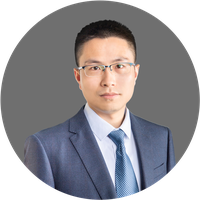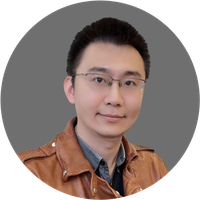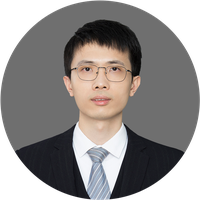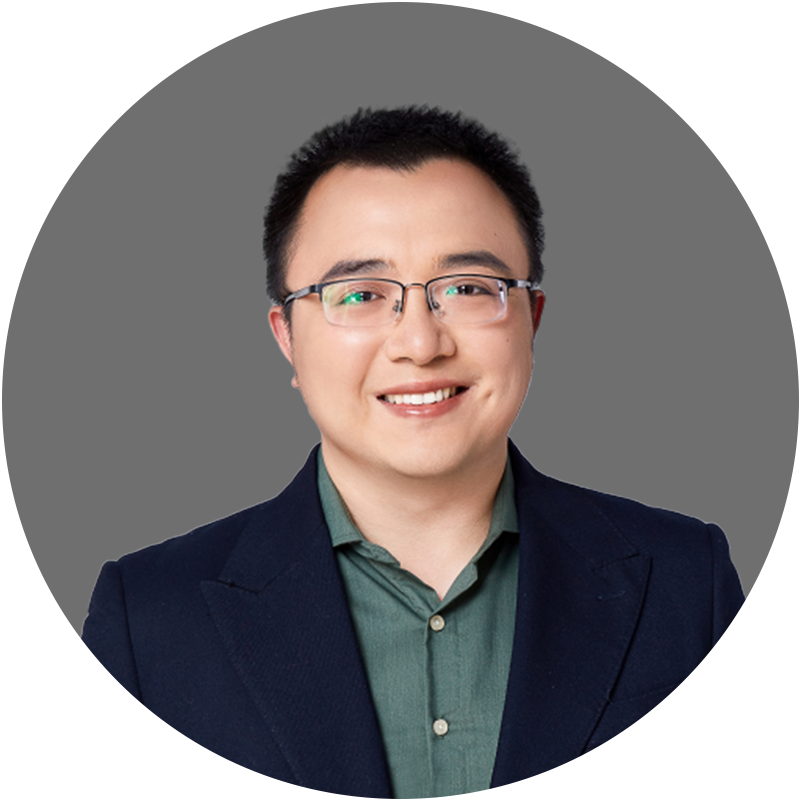Telecommunications
Cheng WANG
He challenged the technical limit of quantum metrology, and generated original, disruptive, and valuable products.

China
Shaoliang YU
Leading a new class of universal interfacing architecture for photonic chips and boosting the optical bandwidth.

China
Yuanwei LIU
Improving communication performance and connectivity of future wireless networks.

China
Ming-Cheng CHEN
Challenging Extended Church-Turing Thesis through the demonstration of quantum computational advantage.

MENA
Asmaa Abdallah
Machine learning for reconfigurable intelligent surfaces to enable affordable connectivity and scalable wireless infrastructure.
